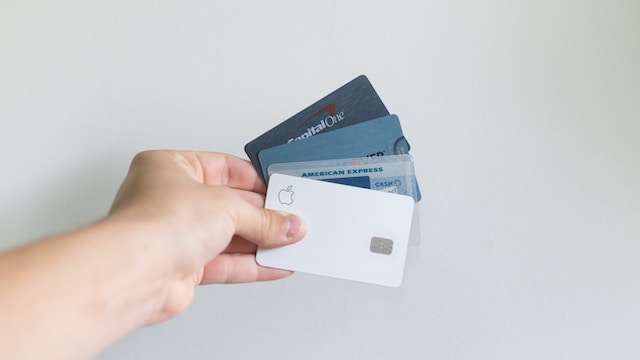US personal debt reveals an interesting statistic in that most of the top 10 states whose residents have the highest credit card debt are in the South. There are multiple reasons for this odd state of affairs, but the bottom line is that those who reside in those states can and do know how to battle financial adversity. It might not be as simple as, if you want to save money, move south, but fortunately, there are numerous tactics for success in beating credit card debt, including taking out a personal loan, finding a second job, and cutting monthly expenses.
The first move working adults take is to calculate their total debt burden, which includes both principal balances as well as monthly interest payments. After getting a clear idea of where they stand, there are other avenues for dealing with the challenge. Some shop around for balance transfer deals offered by various financial institutions. Another approach is to work directly with a licensed counselor for help with budgeting and eliminating high-interest obligations. If you reside in the southern US and need help getting your money situation under control, consider the following techniques.
Find Out Your Total Interest Burden
Sit down and get ready to crunch some numbers. Look at all the contracts and hunt for the interest rates. Lenders like to hide this information, so put on reading glasses and work under a bright light. Your goal in this mini exercise is to calculate the total balance owed and the rate for each portion of the amount.
One reason for doing so is to know which balances should get priority. Add up all the balances as well as the average monthly interest amounts for the present month. That number represents your total debt burden. Then, compare the figure to your annual after-tax income. Why? Because there’s an old guideline that you can use to find out whether you owe too much. Traditionally, people who pay more than 10% of their take home pay on cards are over-extended.
Take Out a Personal Loan
In the US states that carry the biggest credit card debt burden, personal loans represent a practical, logical, and effective solution. That’s because taking one out to clear high interest debt is a smart financial play. However, for those who have never applied for a loan, step one is to gather all the relevant facts about the process.
Before choosing a lender or deciding how much to borrow, review a comprehensive, plain language guide that walks through the concept in a step-by-step fashion. Keep in mind that reliable lenders offer products that come with reasonable rates, several years to repay, and other helpful conditions. The bottom line is that the strategy is an effective, efficient tactic for banishing the high cost of plastic cards.
Side Jobs
Second jobs are an age-old tool for dealing with financial challenges. However, the definition of job is fluid. In the real world, those who tackle an extra job tend to add between 10 and 20 hours per week to their earning roster. For most of them, that’s enough to banish unwanted indebtedness within a year. Some continue to hold down the additional hours to bolster savings accounts and pay off mortgages early.
Balance Transfers
You’ve probably received offers in the mail for balance transfer agreements. A few are legit, so be certain to read the information carefully. Card issuers use balance transfers to generate business. In many cases, the transfers can save borrowers a substantial amount of money if they’re from reputable lenders and come with lower interest rates.
Counseling
It’s not surprising that millions of working adults consult debt and financial counselors every year. This is particularly true for those who reside in states where card card debt and balances tend to be high as a percentage of wages. For adults who earn less than $70,000 annually but carry more than 10% of that amount in indebtedness, a budgeting professional can do wonders. Getting back on a regular budget can take a few months or more than a year, but with a little discipline, anything is possible.
While all cases are unique, the first step usually consists of gathering all the facts about balances, interest rates, and income sources. Next, an expert will guide the consumer through a number of options, including debt consolidation, negotiating with creditors, taking out a personal loan, and others. If you work with a counselor, be ready to make some sacrifices in terms of spending.


